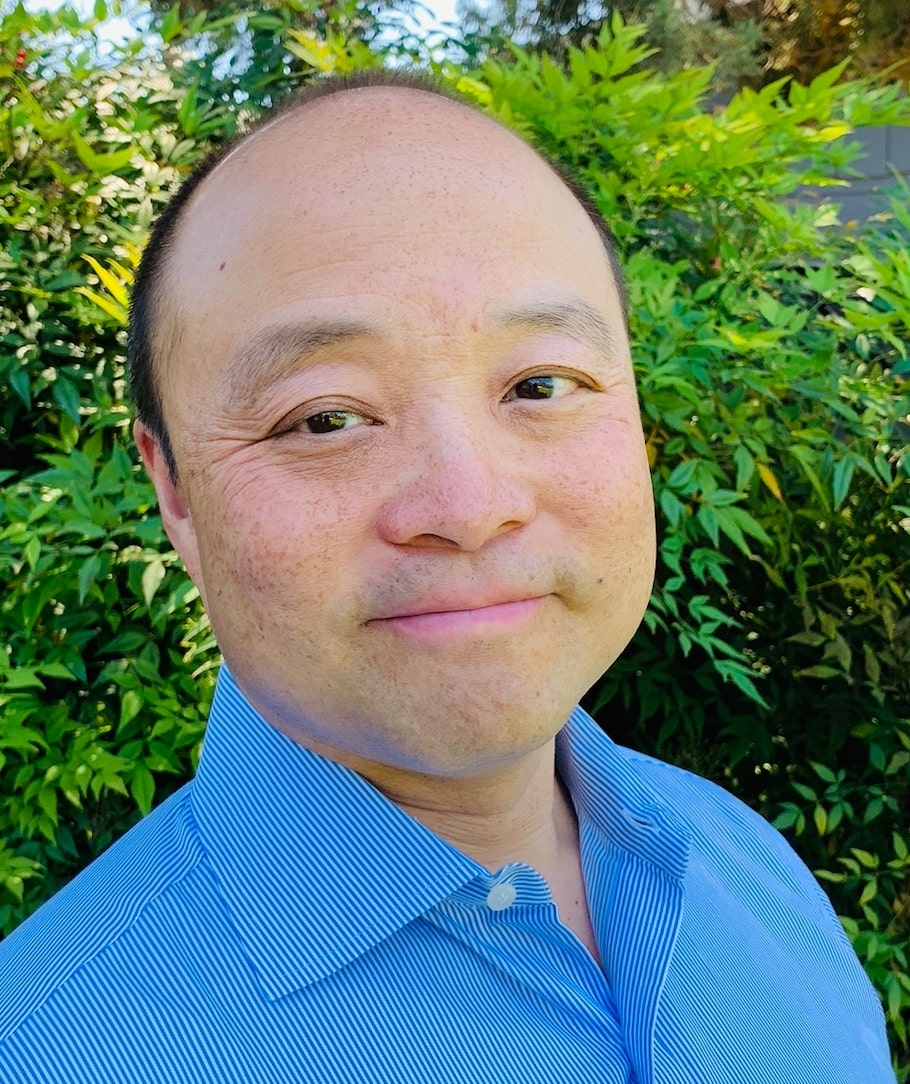Ad Support : Nano Technology Netbook Technology News Computer Software
Using new classes of engineered fluorescent proteins, scientists get closer to storing data at unprecedented densities. This approach has the handicap of being different from the current technology base for data storage.
Researchers are working towards holographic (three-dimensional) data storage: a chemically pure crystal composed solely of proteins that can be read and reversibly switched between at least two different states using nothing but light.
Embedded within the proper array of lasers (it would take at least two), such a crystal would represent something approaching the theoretical limit of data density in a storage medium: each bit would be represented by a single molecule.With their latest work, Adam et al. take us a step closer to this dream, at least in the laboratory. Not only did they manage to encode and read data on chemically pure crystals of mutant descendants of fluorescent proteins originally derived from corals, but they also demonstrated that at least one of these proteins, known as IrisFP, actually has the ability to store data in four different states, versus the two different states (on and off) encoded by a traditional bit. In other words, this protein could store data in base 4 instead of base 2.
This work is preliminary at best–the crystals grown in the course of this research were 100 micrometres in their smallest dimension, or barely the width of a human hair, and it’s not yet possible to focus laser beams precisely enough to address individual proteins. (Indeed, it might not even be physically possible, if the protein is smaller than the wavelength of the laser.)
However, in the future, as we move from disc-based storage media to polymer-based holographic (3D) storage media, the use of fluorescent proteins in a three dimensional matrix is a logical next step. Intriguingly, these storage media might not be designed so much as evolved – in order to create stable fluorescent proteins that can last as long as possible and don’t require an aqueous environment, researchers propose mutating them one amino acid at a time and testing the resulting proteins.
If you liked this article, please give it a quick review on Reddit, or StumbleUpon. Thanks
Supporting Advertising
Business Success
How to Make Money
Executive Jobs
Paid Surveys
Thank You

Brian Wang is a Futurist Thought Leader and a popular Science blogger with 1 million readers per month. His blog Nextbigfuture.com is ranked #1 Science News Blog. It covers many disruptive technology and trends including Space, Robotics, Artificial Intelligence, Medicine, Anti-aging Biotechnology, and Nanotechnology.
Known for identifying cutting edge technologies, he is currently a Co-Founder of a startup and fundraiser for high potential early-stage companies. He is the Head of Research for Allocations for deep technology investments and an Angel Investor at Space Angels.
A frequent speaker at corporations, he has been a TEDx speaker, a Singularity University speaker and guest at numerous interviews for radio and podcasts. He is open to public speaking and advising engagements.


